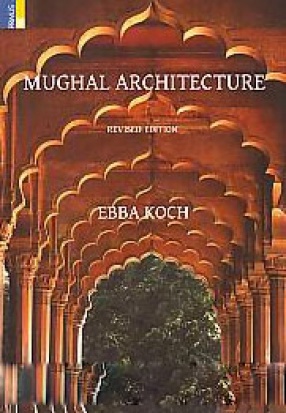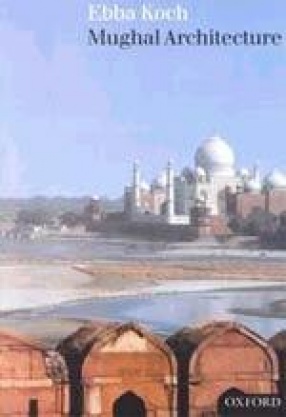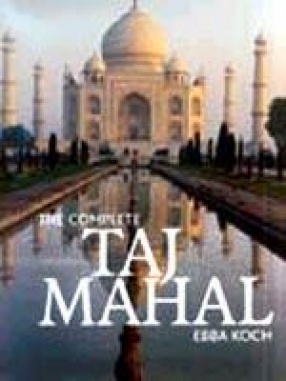
Showing all 4 books


First published in 1991, Mughal Architecture: An Outline of Its History and Development (1526-1858) is a comprehensive study of the whole range of Mughal architecture, including such famous building as the tomb of Humayun in Delhi, the Taj Mahal in Agra, and the palaces and mosques in Agra, Fatehpur Sikri, Delhi, Kashmir, and Lahore. A classic study of one of the most important building styles of world architecture, this volume provides a succinct analysis of ...

The architecture created in south Asia under the patronage of the Mughals (1526-1858) is one of the richest and most inventive of the Islamic world, including such famous buildings as the Taj Mahal in Agra, the tomb of Humayun in Delhi, and palaces and mosques in Agra, Delhi, Fatehpur Sikri, and Lahore. The author provides a concise and richly-illustrated survey of the history of Mughal architecture and the various influences exerted on the Mughal style by ...

Over the last twenty years, Ebba Koch has researched and analysed the transmission of artistic ideas over space and time and their significance. An internationally acknowledged expert on Mughal architecture, her effort has always been to use art history's own methods as a basis for her investigations. Her work is thus characterized by a thorough analysis of the form of the artwork, which is then evaluated against information from written sources. The eleven ...

The greatest monument to love, and the lost world of the Agra gardens and their characterful owners, re-created through superb scholarship and evocative illustrations.The Taj Mahal is the epitome of Mughal art and one of the most famous buildings in the world. Yet there have been few serious studies of it and no full analysis of its architecture and meaning.Ebba Koch is the only scholar who has been permitted to take measurements of the complex. She has been ...
